A Countdown to 2025: Measuring Time in Weeks
A Countdown to 2025: Measuring Time in Weeks
Introduction
In this auspicious occasion, we are delighted to delve into the intriguing topic related to A Countdown to 2025: Measuring Time in Weeks. Let’s weave interesting information and offer fresh perspectives to the readers.
Table of Content
A Countdown to 2025: Measuring Time in Weeks
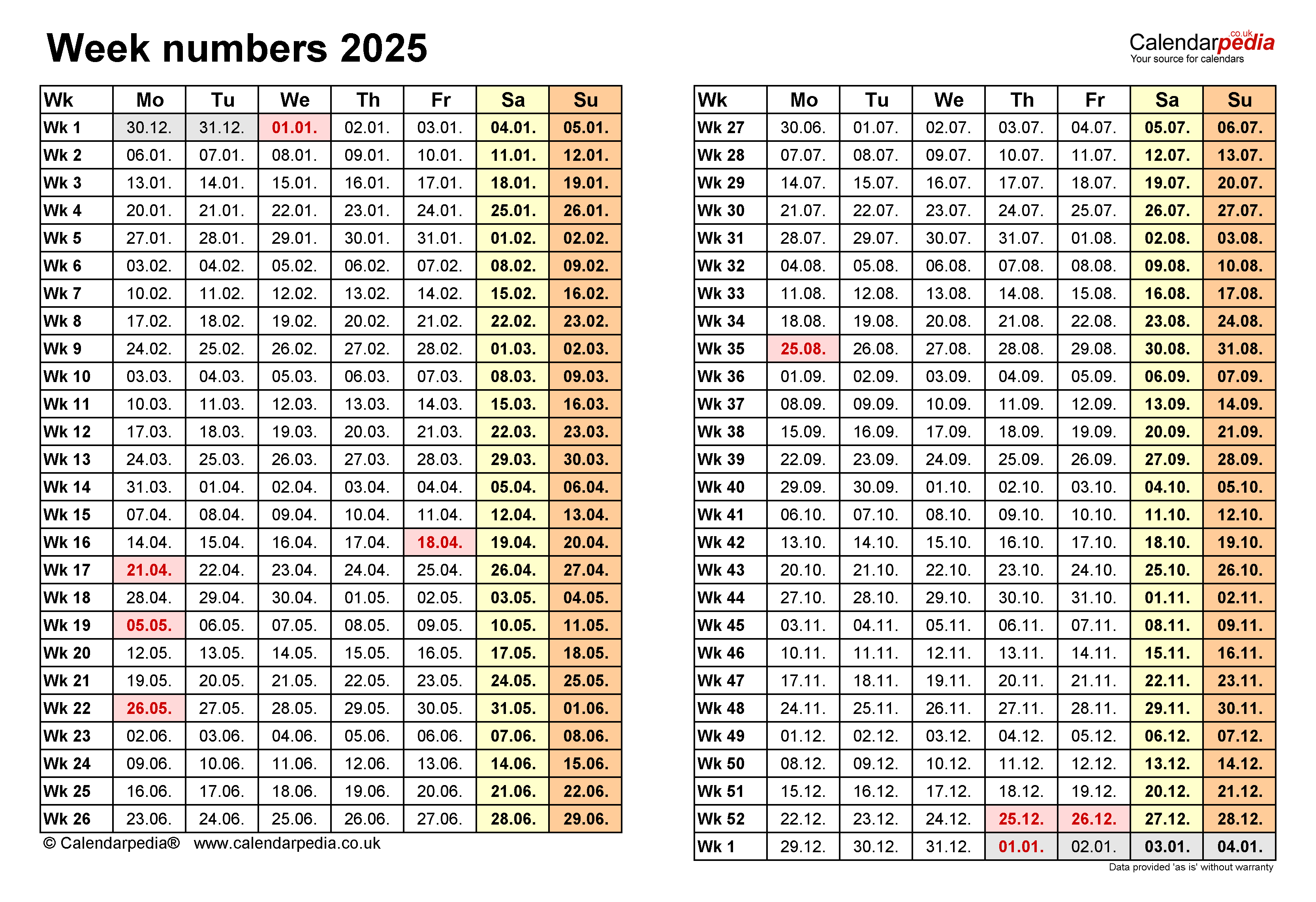
The passage of time is often measured in years, months, and days. However, for certain purposes, a more granular unit of measurement – the week – can offer a more precise and insightful perspective. This is particularly true when considering a future event, like the arrival of a new year.
Calculating the Weeks Until January 2025
To determine the number of weeks until January 2025, we need to consider the current date and the specific day of the week on which January 1st, 2025 falls.
Let’s assume the current date is October 26, 2023. To calculate the weeks until January 1st, 2025, we can follow these steps:
-
Days Remaining in 2023: October 26th is the 299th day of the year 2023. This leaves 66 days remaining in the year (365 total days – 299 days).
-
Days in 2024: The year 2024 is a leap year, meaning it has 366 days.
-
Days in January 2025: January 1st, 2025 marks the first day of the year.
-
Total Days: Adding the remaining days in 2023, the entire year 2024, and the first day of 2025, we get a total of 66 + 366 + 1 = 433 days.
-
Weeks: Dividing the total number of days by 7 (days in a week) gives us approximately 61.86 weeks.
Therefore, as of October 26, 2023, there are roughly 61 weeks and 6 days until January 1st, 2025.
The Significance of Weeks
Understanding the time remaining in weeks can be beneficial in various scenarios:
-
Project Planning: Businesses and individuals often use weeks to track project timelines, allocate resources, and set milestones. Knowing the number of weeks until a specific date allows for better planning and execution.
-
Personal Goals: Setting goals and working towards them can be more effective when measured in weeks. This allows for more frequent progress checks and adjustments, leading to greater accountability and motivation.
-
Financial Planning: Financial planning often involves setting deadlines for savings goals, investment strategies, or debt repayment. Tracking these milestones in weeks can provide a clearer picture of progress and potential adjustments.
-
Event Preparation: For significant events like weddings, conferences, or travel, knowing the number of weeks remaining allows for thorough preparation and planning.
FAQs About Weeks Until January 2025
Q: Does the number of weeks until January 2025 change daily?
A: Yes, the number of weeks decreases by approximately 1/7th of a week each day.
Q: How can I calculate the number of weeks until January 2025 myself?
A: You can use an online calendar or a simple calculator to determine the number of days remaining and then divide by 7 to get the number of weeks.
Q: Are there any specific events or milestones that occur before January 2025?
A: This depends on your personal or professional interests. For example, a business might have a major product launch or a student might have a graduation date before January 2025.
Tips for Using Weeks as a Measurement
- Break Down Large Tasks: Divide large projects or goals into smaller, weekly tasks to make them more manageable and achievable.
- Use a Calendar or Planner: Mark important dates and deadlines on a calendar or planner to visualize the remaining weeks and stay organized.
- Review and Adjust: Regularly review your progress and adjust your plans as needed based on the remaining weeks.
Conclusion
The countdown to January 2025, measured in weeks, offers a practical and insightful perspective on the passage of time. Whether for planning, goal setting, or simply keeping track of upcoming events, understanding the time remaining in weeks can provide a sense of direction and help us make the most of the time we have.
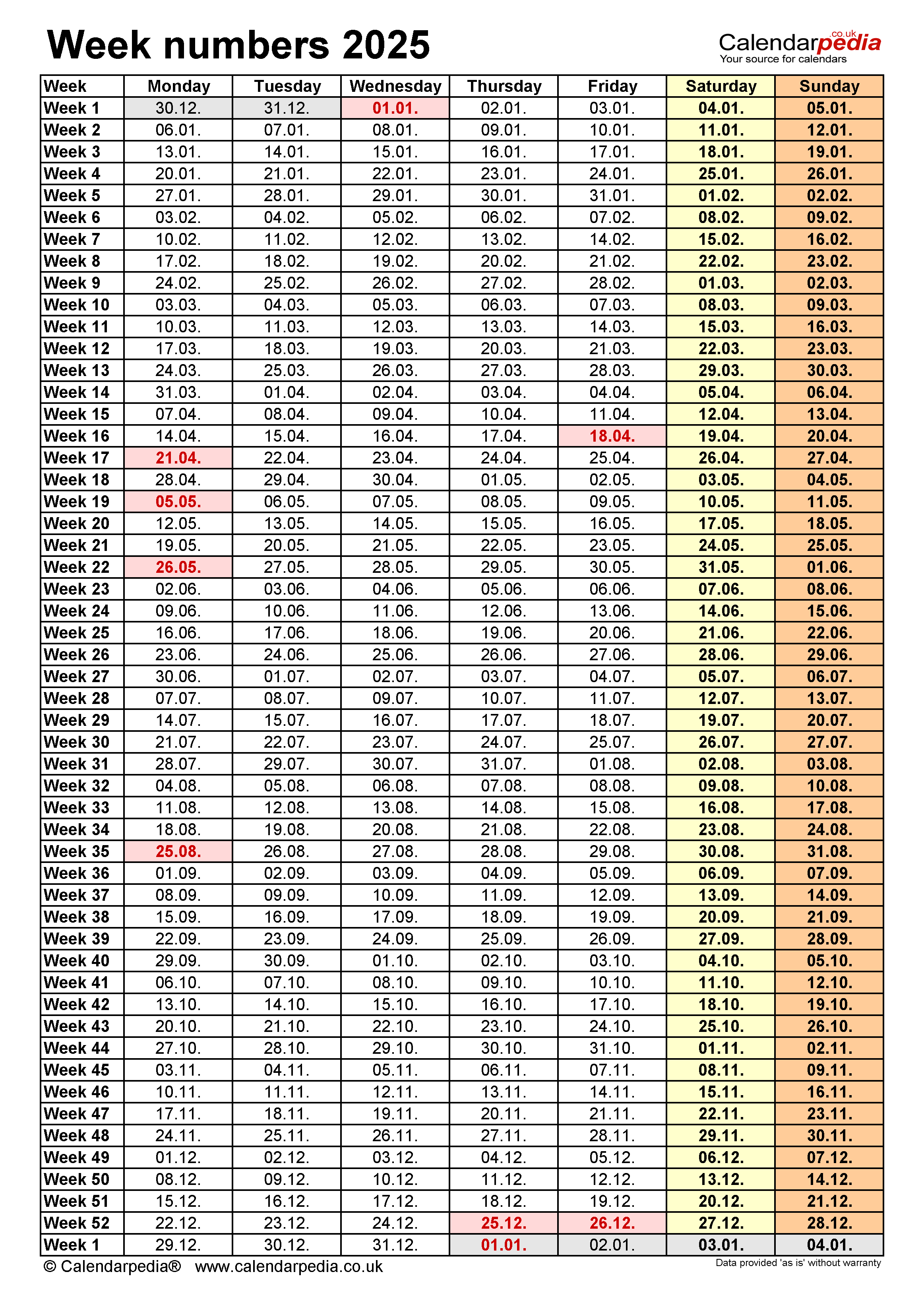


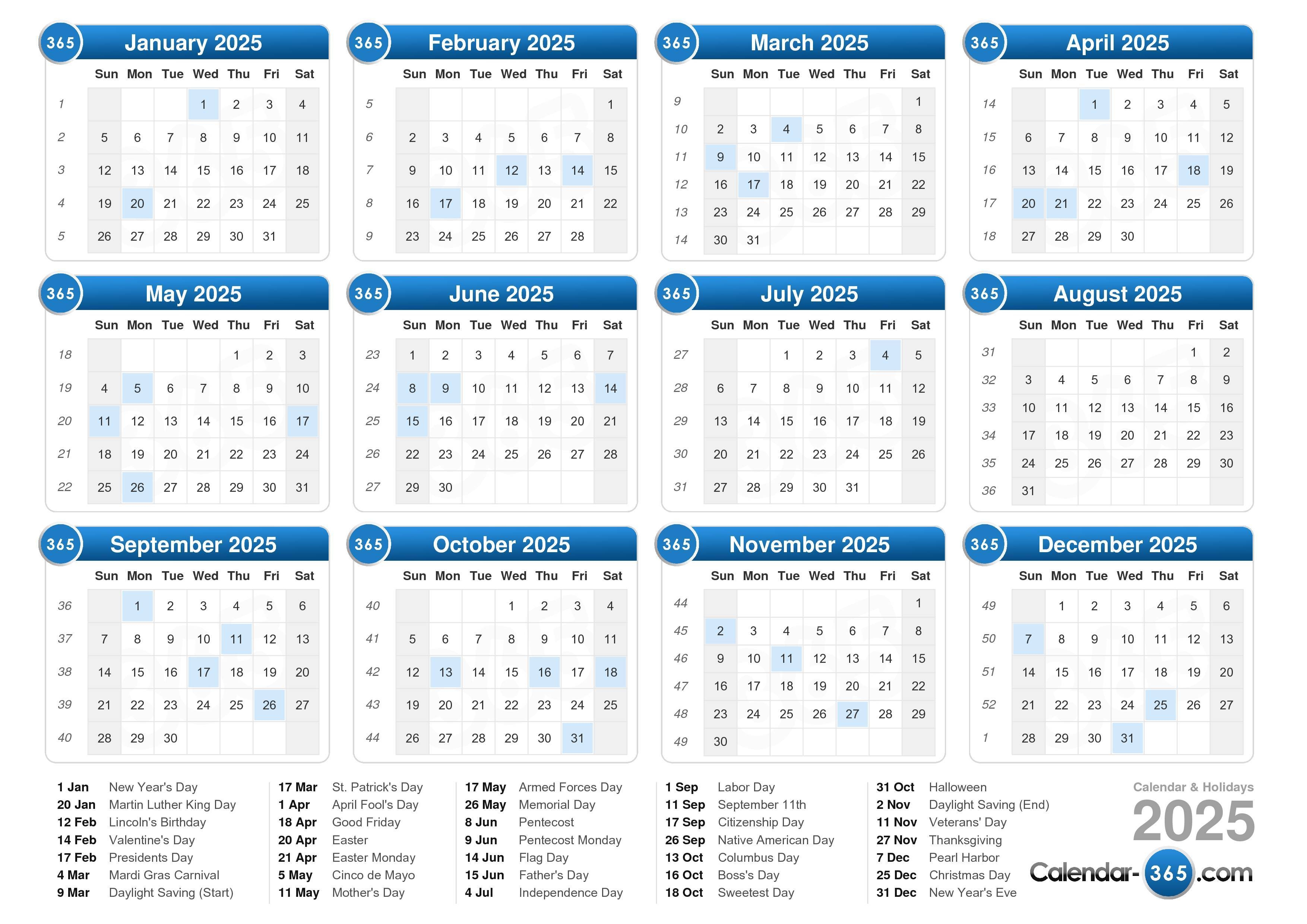

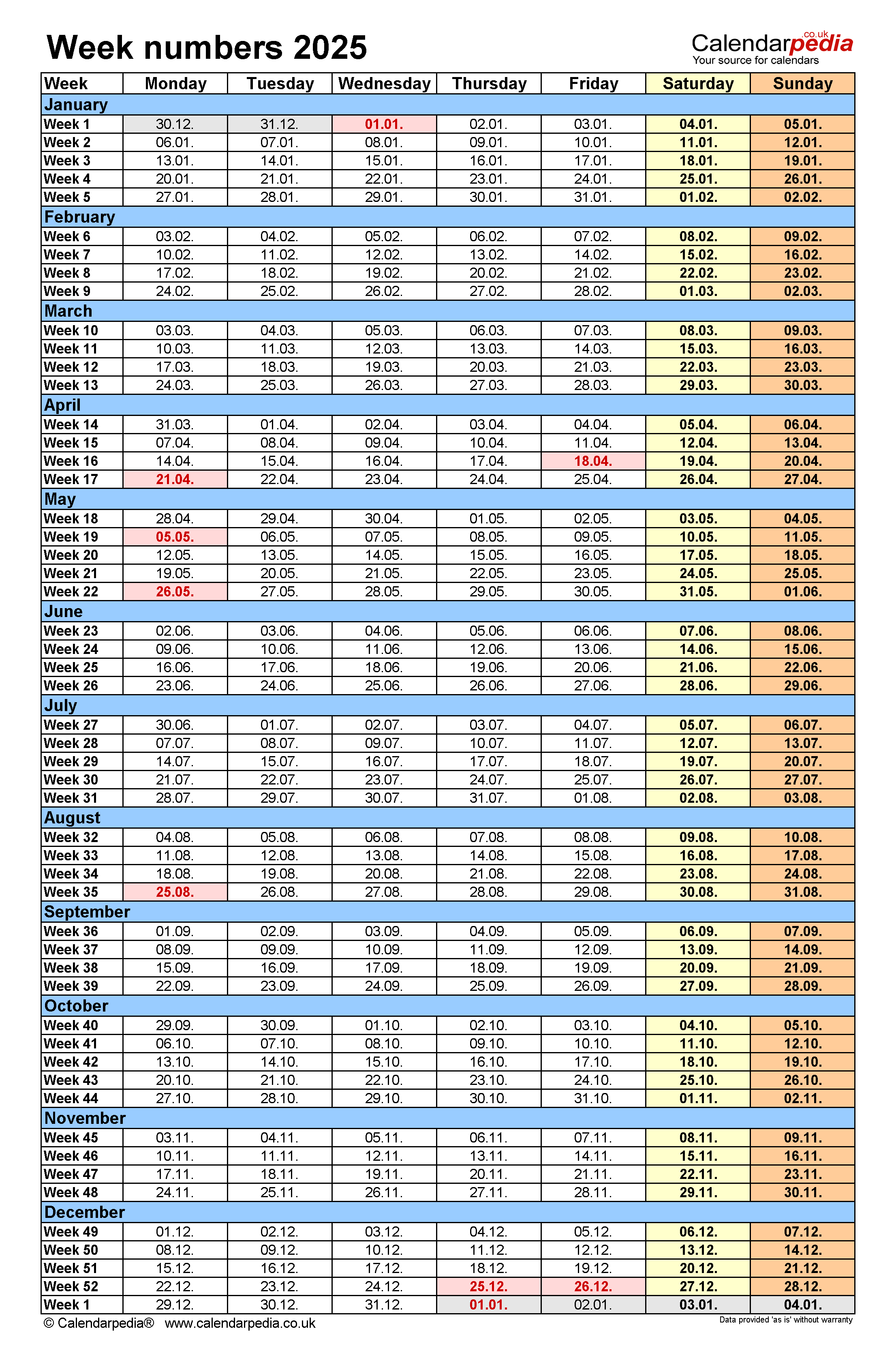
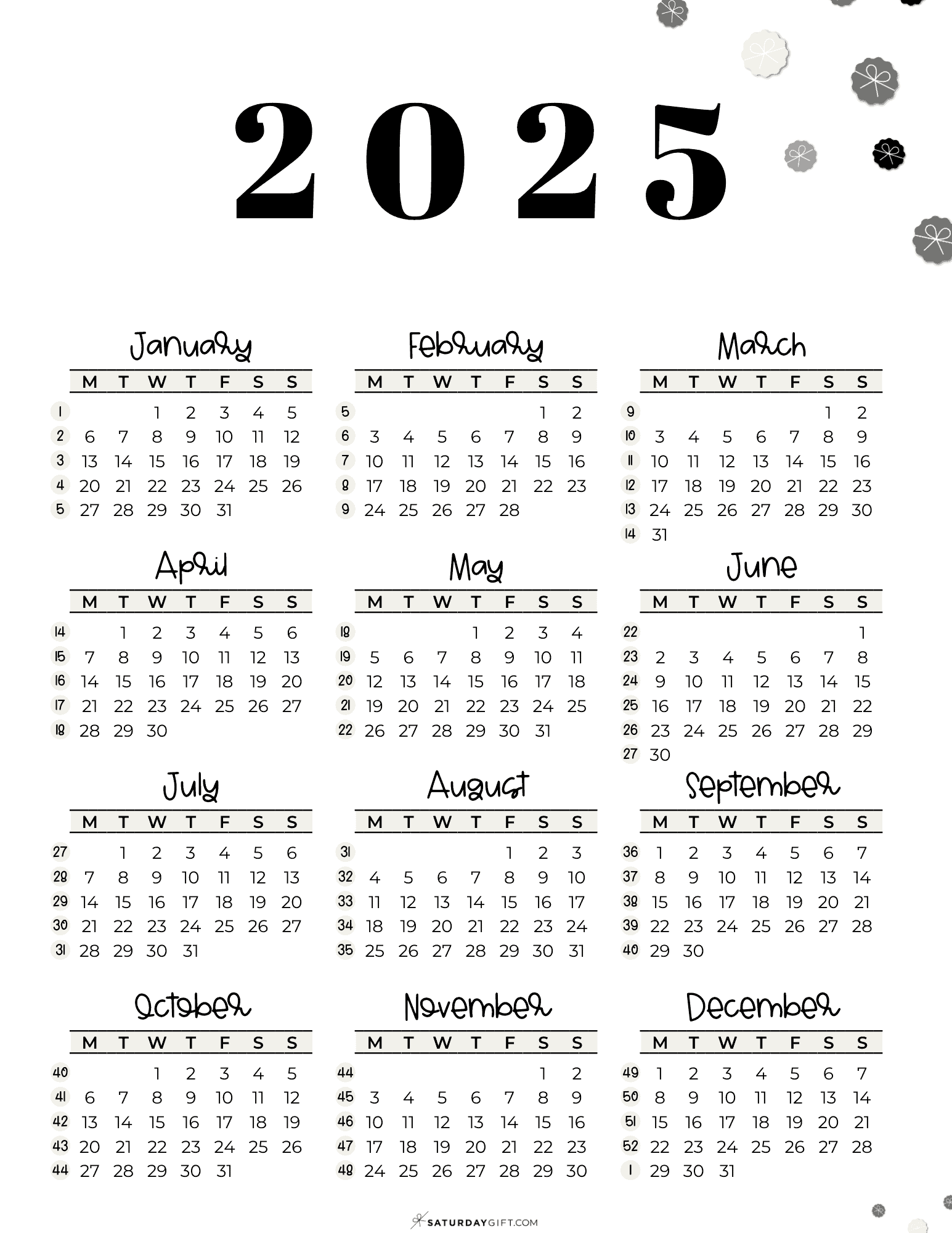

Closure
Thus, we hope this article has provided valuable insights into A Countdown to 2025: Measuring Time in Weeks. We thank you for taking the time to read this article. See you in our next article!